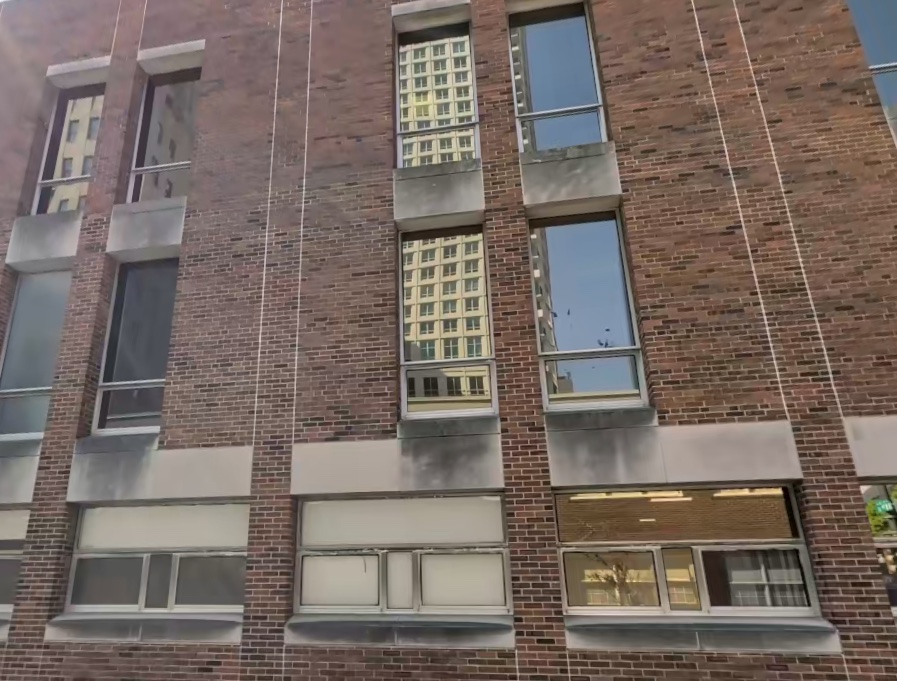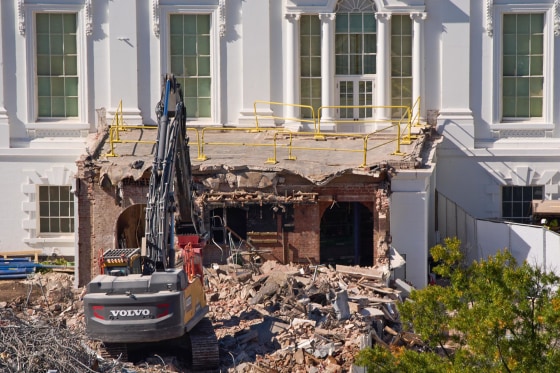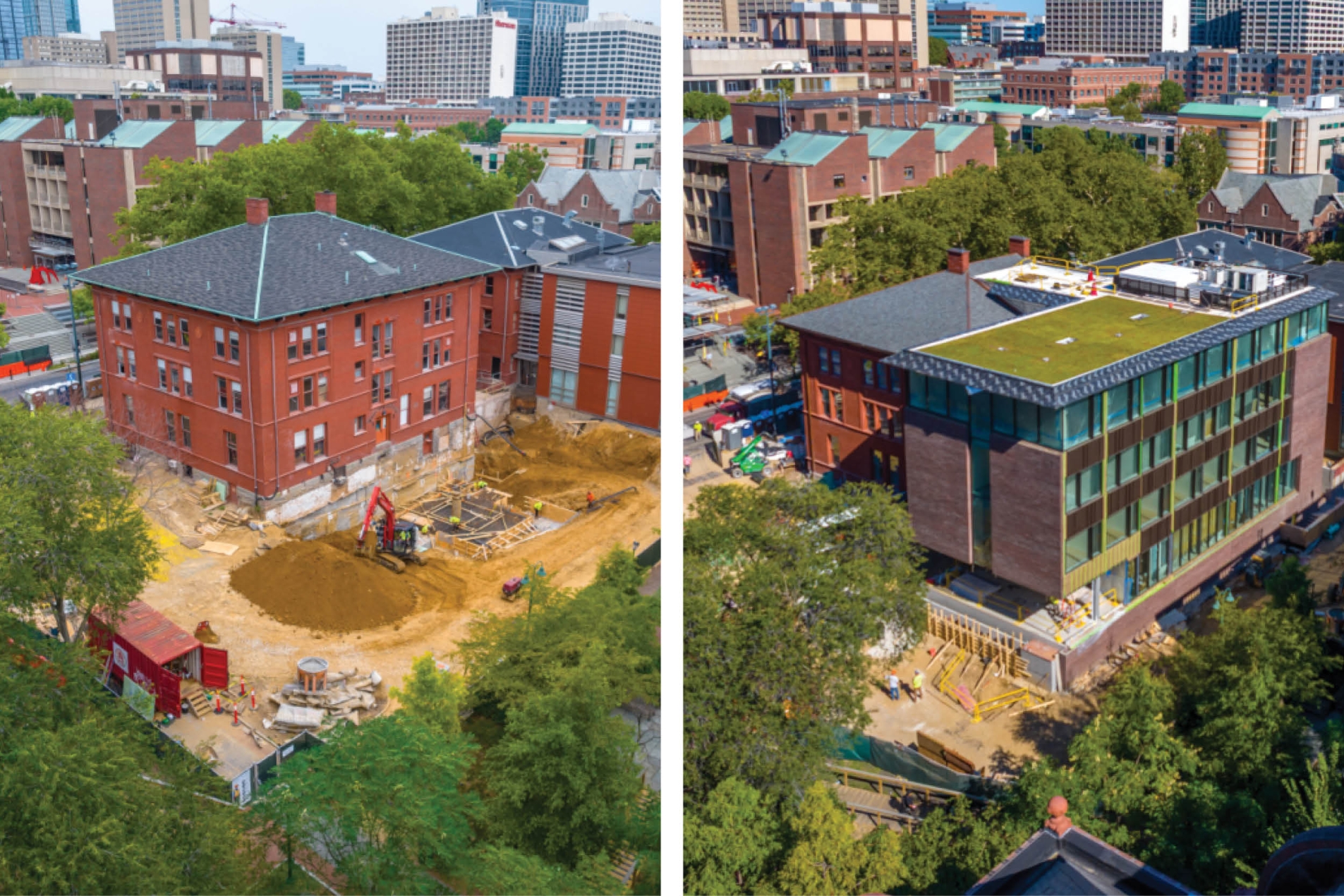SATORI ON LOCUST STREET
With apologies to Jack Kerouac. In Satori in Paris, one of his last books, he describes the Japanese word satori, or sudden illumination, as a “kick in the eye.” Précisement! I was sitting in an Uber, being driven down Locust Street. We passed by a three-story building, probably built in the 1970s, a handsome composition in brick and precast concrete trim. Not bad, I thought, at least it’s not just glass, which seems to be the one-note tune played by architects today. A few seconds later we drove by another building, . This one was taller—five storyies and older,








